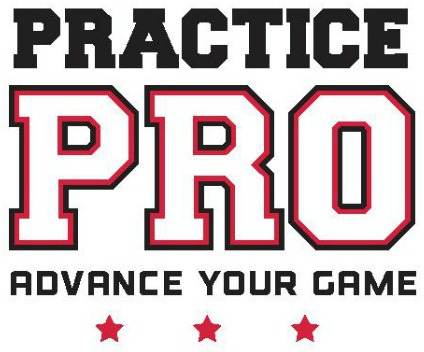Revisiting Lessons from the NFCA Conference
/Revisiting Lessons from the NFCA Conference: What We Learned (and Loved!)
Five years ago, Coach Sarah and I had the privilege of attending the National Fastpitch Coaches’ Association (NFCA) Conference. Though it was originally planned for Dallas, we adapted and attended virtually from the comfort of home. It was an incredible experience then, and looking back, the lessons we learned still resonate today.
We soaked up insights from some of the biggest names in softball coaching, including Carol Hutchins (Michigan) and Mike Candrea (Arizona). While they didn’t spill all their secrets, they shared enough wisdom to transform the way we think about coaching and player development.
Here are 8 standout lessons from the conference that remain just as valuable today:
1. Carol Hutchins, Head Coach at Michigan
Coach Hutchins shared a conversation she once had with another elite NCAA coach. Before winning her National Championship, she asked him, “So you mean to tell me if you never win a National Championship, you could still feel successful?” He replied, “Yes, absolutely.”
That moment shifted her perspective. She realized, “Wow, I hope my success isn’t based on that, or it would be awful. It’s about the relationships we have.”
For us, this lesson is a reminder: success is about connection, growth, and impact—not just trophies.
2. Dr. Suzy McNulty, Mia Bella Pediatrics
Dr. McNulty highlighted an important stat: 2 in 5 young people identify as perfectionists. They feel, “The better I do, the better I’m expected to do.”
Her solution? Build resilience. Reset your players’ expectations to focus on personal bests, not comparisons. Train for excellence instead of perfection. Excellence could mean:
Showing up with a great attitude.
Mentally engaging in practice.
Having an excellent at-bat, even if it’s not a hit.
Effort > Outcome. Every time.
3. Dan McDonnell, Head Baseball Coach at Louisville
Coach McDonnell shared a powerful quote from Silence of the Lambs (yes, really):
“We covet what we see every day.”
To inspire his players to dream big, he surrounded them with visuals of championship success—photos of dogpiles, trophies, and celebrations. He placed these reminders in the locker room, dugout, and even on the bus.
Lesson learned: what players see and hear shapes their aspirations. Surround them with inspiration.
4. High School & Travel Ball Caucus: College Recruiting Insights
During a Q&A with college coaches, some key takeaways emerged:
Many coaches use recruiting services, but their attention spans are short—stat emails get an 8-second glance unless something stands out.
Personalize your correspondence! When reaching out, highlight something unique about the school or team that resonates with you.
For pitchers especially: make it personal, and show you’ve done your homework.
5. Tournament Etiquette for Parents
If your athlete is at an exposure tournament and you want to introduce yourself to a college coach, go for it—but be strategic.
Do: Approach when they’re not actively watching a game.
Don’t: Try to hold a long conversation. Introduce yourself, then step away. Coaches are there to work and watch—not to chit-chat.
6. Mike White (Texas) and Nyree White, Brick Wall Softball
This father-daughter coaching duo shared tips on building strong pitching foundations. Their advice on stride mechanics stood out:
Before teaching young pitchers to leap or glide off the mound, build leg strength and balance. Start with this drill:
Jump from your right leg to your left leg as far as you can, landing balanced—without using your arms.
Once that skill is solid, incorporate it into pitching mechanics.
7. The Secret to “Effortless Pitching”
Mike and Nyree also emphasized sequencing. Ever notice how a pitcher’s first warm-up pitch often feels the fastest? That’s because it’s effortless.
The key is proper sequencing—knowing when each part of the body should move. Hand speed, driven by arm whip, is the best speed indicator. Focus on keeping the arm relaxed, like a “wet noodle,” through the release zone for optimal performance.
8. Pitching into the Wind
Here’s an advanced tip for pitchers: practice movement pitches into the wind. The magnus effect (which impacts spin) is amplified, making movement more noticeable. This not only highlights areas for improvement but also magnifies successes, helping pitchers fine-tune their skills.
Five years later, we’re still applying these lessons—and learning more every day. The NFCA Conference was an unforgettable experience, and we’re excited to keep sharing insights with you to help you become the best version of yourself, on and off the field.
What lessons resonate most with you? Let us know in the comments!


